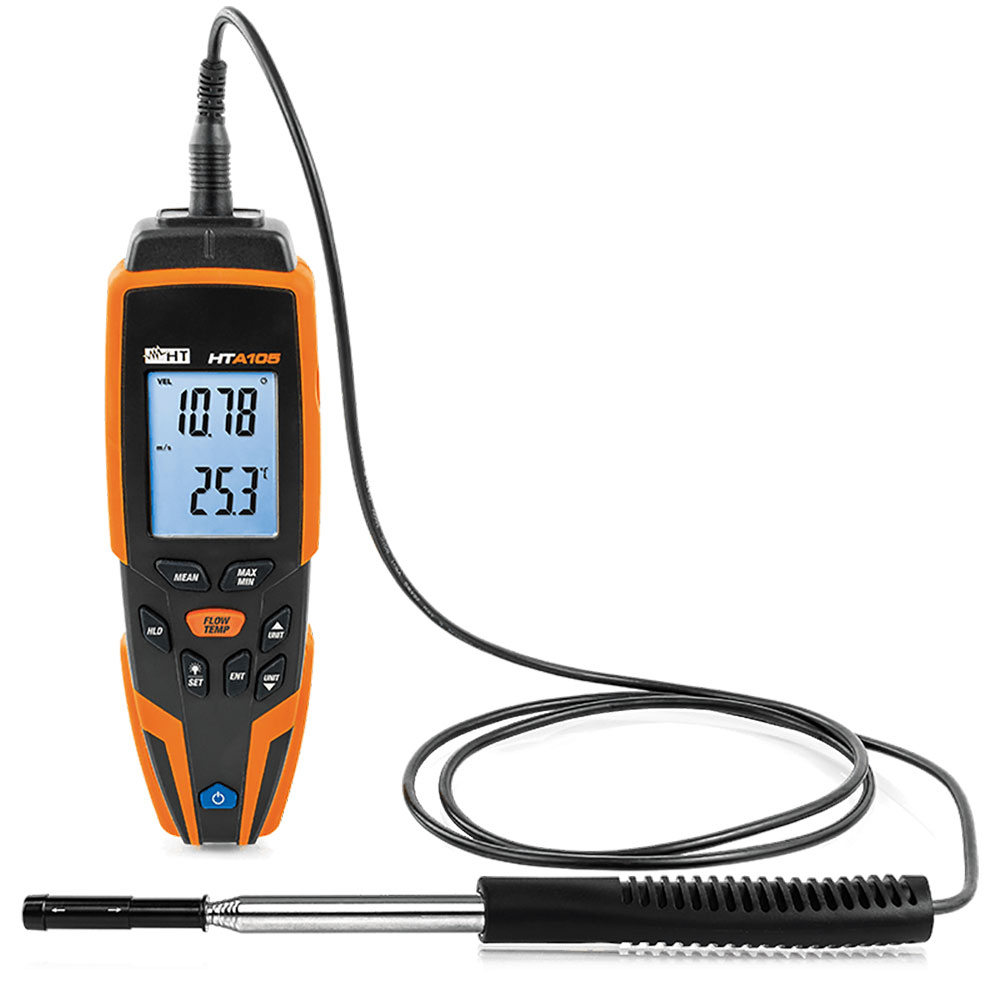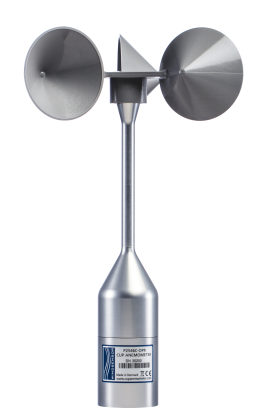Comparing Digital and Mechanical Anemometers: Which is Right for You?
Comparing Digital and Mechanical Anemometers: Which is Right for You?
Blog Article
Exploring the Functions and Advantages of Anemometers for Climate Enthusiasts and Experts
From cup anemometers to sonic anemometers, each type brings its one-of-a-kind collection of benefits and applications, losing light on different aspects of climatic problems. As we dive into the features and benefits of anemometers, a deeper understanding arises not only of dominating weather phenomena however also of the more comprehensive effects for industries like wind power manufacturing and ecological research study.
Importance of Anemometers in Climate Tracking
Anemometers play a vital role in weather condition surveillance by providing accurate measurements of wind speed, helping in projecting and understanding climate patterns. These tools, ranging from conventional mug anemometers to modern-day ultrasonic anemometers, are essential for meteorologists, scientists, and climate enthusiasts alike.

Types of Anemometers and Their Applications
The most usual types of anemometers consist of mug anemometers, vane anemometers, hot-wire anemometers, and ultrasonic anemometers. Mug anemometers consist of 3 or four mugs mounted on horizontal arms that turn with the wind, measuring its speed. Vane anemometers, on the other hand, use an easily turning vane to line up with the wind direction, providing both wind speed and instructions measurements.
Cup anemometers are ideal and durable for basic weather tracking, while vane anemometers are preferred for directional measurements. Ultrasonic anemometers are non-intrusive and supply high accuracy, typically made use of in study and specialized weather monitoring applications.
Advantages of Utilizing Anemometers in Forecasting
In weather forecasting, the utilization of anemometers offers important advantages for enhancing the accuracy of weather forecasting. Anemometers gauge wind rate and instructions, offering important information for forecasting climate patterns. By integrating wind data into projecting designs, meteorologists can better comprehend the activity of weather condition systems, expect modifications in atmospheric conditions, and problem much more precise projections.
In addition, anemometers play an essential function in examining prospective weather hazards. Keeping track of wind speeds aids forecasters anticipate severe climate occasions such as storms, twisters, and winter tornados with higher accuracy. This very early warning system enables authorities to issue prompt alerts and apply required safety actions, decreasing the dangers to life and residential or commercial property.
Additionally, anemometers help in optimizing renewable resource manufacturing. By analyzing wind patterns, meteorologists can determine suitable locations for wind ranches and forecast power output, adding to the efficient generation of wind power.

Anemometers in Wind Energy Manufacturing
Given the essential role anemometers play in offering exact wind data for weather condition site here projecting and hazard assessment, their relevance expands to the realm of wind power production. Anemometers are necessary tools in the area of wind power, where the dimension of wind speed and direction is essential for establishing the feasibility and efficiency of wind turbine setups. By precisely gauging wind rates at differing elevations, anemometers assist enhance the placement and layout of wind generators to optimize power output.
In wind farms, anemometers are tactically put to gather real-time wind data that is utilized to examine the possible power production of a site. This data contributes in figuring out the financial practicality of wind power projects and in projecting power generation to make certain grid security. Furthermore, anemometers aid in checking wind problems to maximize turbine efficiency, stop damages from high winds, and make certain the safety and security of employees working in the location of wind turbines.
Enhancing Climate Recognizing With Anemometers

Anemometers play a vital function great site in improving our understanding of microclimates. These local weather can vary dramatically from wider regional projections, making it necessary to have accurate data for certain areas. anemometer. By strategically putting anemometers in different places, researchers can collect comprehensive info on exactly how wind behaves in different surfaces, urban environments, or bodies of water
In addition, anemometers add to improving weather condition projecting versions by giving real-time data on wind habits. This details is specifically important for anticipating extreme climate events, optimizing farming techniques, and sustaining markets like air travel and maritime navigating. In general, anemometers are indispensable instruments that enable us to dig deeper right into the complexities of climate systems, eventually causing even more precise forecasts and better-informed decisions.
Conclusion
To conclude, anemometers play an important duty in weather condition monitoring and projecting by gauging wind rate and instructions. They are important tools made use of by weather fanatics and experts to collect accurate information for predicting weather patterns and examining prospective impacts. Anemometers also have applications in wind energy production, further highlighting their relevance in both weather forecasting and renewable resource sectors. Overall, anemometers add to improving our understanding of weather condition sensations and boosting projecting capacities. anemometer.
From cup anemometers to sonic anemometers, each type brings its special collection of applications and benefits, losing light on different elements of atmospheric problems. These tools, ranging from traditional cup anemometers to modern ultrasonic anemometers, are essential for meteorologists, researchers, and climate lovers alike. The most usual kinds of anemometers consist of cup anemometers, vane anemometers, hot-wire anemometers, and ultrasonic anemometers. Cup anemometers are suitable and robust for general climate tracking, while vane anemometers are favored for directional dimensions. Anemometers are important tools in the field of wind energy, where the dimension of wind visit this web-site speed and instructions is essential for figuring out the usefulness and efficiency of wind generator installments.
Report this page